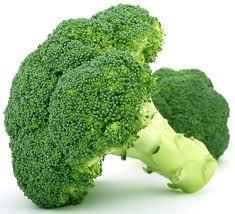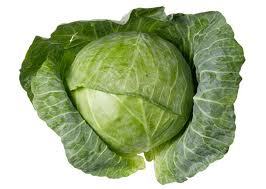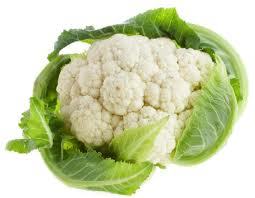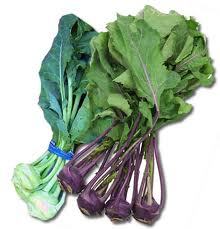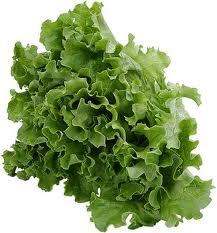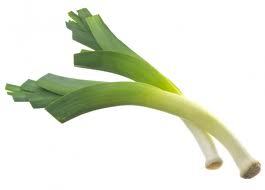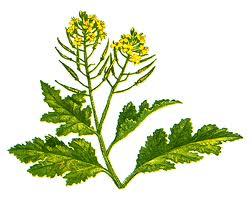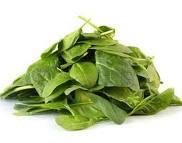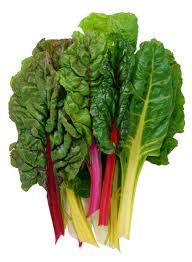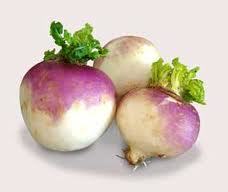 | Grow Your Own Winter Vegetable Garden |
| Nothing compares to the taste of your own home-grown vegetables. Most of us think of summer vegetables, but why not plant some, or all, of these options below and create your very own winter vegetable garden? |
| Broccoli Broccoli is high in vitamins A and D. Thin out seedlings to between 12 to 24 inches apart. Harvest the florets before they start to open.
| Cabbage
| Carrots
| Cauliflower |
Kohlrabi | Leaf Lettuce
| Leek | Mustard
|
| Onions Onions are the most versatile of vegetables, used in soups and stews and can be eaten raw, boiled, roasted or fried. Best grown from sets, onions need regular cultivation as they compete poorly with weeds. But be careful as they have shallow rooting. 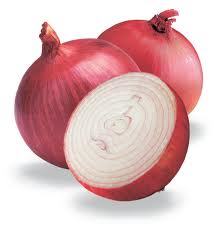 | Spinach
| Swiss Chard
| Turnip
|
| Try growing some if not all the above in your winter vegetable garden and reap the benefits! |
